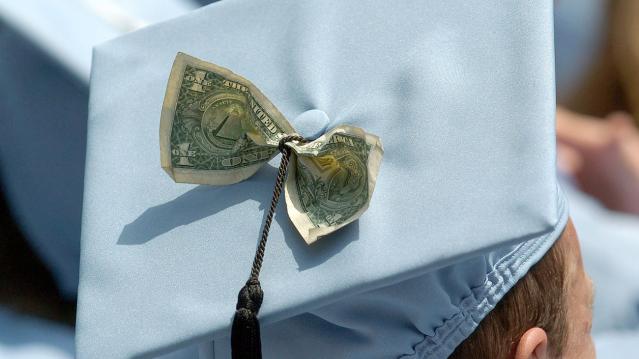More Money Coming Out of 401(k)s Than In

The amount of money withdrawn from 401(k) plans exceeded the amount contributed to the retirement funds for the first time in 2013, according to a report in The Wall Street Journal.
The shift reflects demographic changes as more Baby Boomer retire from the workforce and begin tapping their savings, and young millennial workers put smaller amounts in.
Consumers may benefit from the trend as fund managers begin cutting fees and changing services in order to entice young workers to sock away more. “It changes the dynamic of the business itself,” J.P. Morgan Chase analyst Ken Worthington told The Journal.
Related: Here Are 7 Ways People Screw Up Their 401(k)s
Company-sponsored 401(k) plans had $4.6 trillion in assets last year, according to the Investment Company Institute.
The average 401(k) balance at the end of the first quarter was $91,800, up 0.5 percent from the fourth quarter of 2014 and up 3.6 year-over-year, according to Fidelity. For employees in a plan for 10 years or more, the average balance was $251,600, up 12 percent year-over-year.
Workers can contribute up to $18,000 in pre-tax dollars to their 401(k) plans in 2015, but most workers—especially younger ones—save far less each year. There are lots of reasons millennials are lagging in retirement savings: large numbers of them are still unemployed or underemployed in jobs that don’t have retirement benefits, and they’re diverting all their extra cash to student loans. Plus, retirement may not be top-of-mind for 20-somethings, no matter how many times they hear about the benefits of compound interest.
Chart of the Day: Long Way to Go on Coronavirus Testing

The White House on Friday unveiled plans for a new effort to ramp up testing for Covid-19, which experts say is an essential part of limiting the spread of the virus. This chart from Vox gives a sense of just how far the U.S. has to go to catch up to other countries that are dealing with the pandemic, including South Korea, the leading virus screener with 3,692 tests per million people. The U.S., by comparison, has done about 23 tests per million people as of March 12.
After Spending $2 Billion, Air Force Bails Out on Planned Upgrades of B-2 Bombers

The Air Force has scrapped a planned upgrade of its B-2 stealth bomber fleet — even after spending $2 billion on the effort — because defense contractor Northrup Grumman didn’t have the necessary software expertise to complete the project on time and on budget, Bloomberg’s Anthony Capaccio reports, citing the Pentagon’s chief weapons buyer.
Ellen Lord, the undersecretary of defense for acquisition and sustainment, told reporters that the nearly $2 billion that had already been spent on the program wasn’t wasted because “we are still going to get upgraded electronic displays.”
Big Hurdle for Sanders’ Plan to Cancel Student Debt

Bernie Sanders wants to eliminate $1.6 trillion in student debt, to be paid for by a tax on financial transactions, but doing so won’t be easy, says Josh Mitchell of The Wall Street Journal.
The main problem for Sanders is that most Americans don’t support the plan, with 57% of respondents in a poll last fall saying they oppose the idea of canceling all student debt. And the politics are particularly thorny for Sanders as he prepares for a likely general election run, Mitchell says: “Among the strongest opponents are groups Democrats hope to peel away from President Trump: Rust Belt voters, independents, whites, men and voters in rural areas.”
Number of the Day: $7 Million

That’s how much Michael Bloomberg is spending per day in his pursuit of the Democratic presidential nomination, according to new monthly filings with the Federal Election Commission. “In January alone, Bloomberg dropped more than $220 million on his free-spending presidential campaign,” The Hill says. “That breaks down to about $7.1 million a day, $300,000 an hour or $5,000 per minute.”

